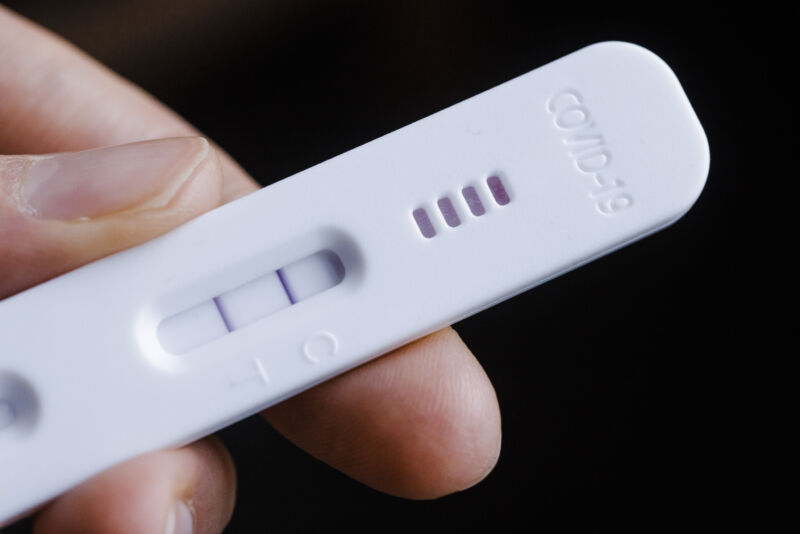For a fourth consecutive summer, COVID-19 is on the rise, though this year's warm-weather wave appears milder than those in the emergency period of the pandemic.
COVID-19 indicators of hospital admissions, emergency department visits, test positivity, and wastewater levels have all been increasing in the past month, with a peak not yet clearly in sight, according to data tracking by the Centers for Disease Control and Prevention. From June 10 to July 29, test positivity rose from 4.1 percent to 8.9 percent. For reference, the most recent winter wave had a peak test positivity of 10.6 percent on December 31, 2022.
On the brighter side, however, weekly COVID-19 hospital admissions and deaths continue to be at their lowest points since the start of the pandemic. For now, deaths do not appear to be rising, though there are lags in data reporting. Weekly new hospital admissions are ticking up only slightly—with admissions rising to about 8,000 in the week of July 22, up from around 6,300 the week of June 24.
Death counts for the most recent weeks with complete data show tallies of 500 to 400. And excess deaths—the number of deaths above expected baseline levels—are no longer being observed in CDC data. That is, the weekly number of deaths in the US from all causes is currently tracking with the pre-pandemic number of expected deaths.
The seemingly milder wave is likely due to a combination of factors, including immunity from vaccines and past infections and the fact that many people vulnerable to the virus died in previous waves. The cumulative US death toll of the COVID-19 pandemic stands at over 1.1 million.
Still, the virus is surging again this summer, raising questions of whether summer waves will be a fixed seasonal cycle for this virus. Many health experts see SARS-CoV-2 as predominately a cold-weather virus, much like other respiratory germs, such as the common cold and flu viruses that thrive and surge in the fall and winter. The Food and Drug Administration, for instance, has modeled its COVID-19 vaccine booster plans around those used for annual flu shots.
But SARS-CoV-2's seasonality is still unclear, and researchers don't know exactly what's driving the summer waves, which often start in the southern part of the country. A leading hypothesis is that the upticks coincide with summer vacations, travel, and get-togethers.
Another potential factor for waves is newly emerging variants. Currently, a new omicron subvariant—EG.5, which is related to XBB.1.9.2—is gaining dominance in the US over the previously reigning variants, XBB.1.5 and XBB.1.16. However, monitoring for SARS-CoV-2 variants has declined so steeply that the CDC only has enough data to estimate variant prevalence for three of the country's 10 health regions (the areas around California, New York, and the Southeast).
Based on an FDA advisory committee meeting in June, vaccine manufacturers will likely roll out updated COVID-19 booster shots this fall aimed at an XBB subvariant lineage, possibly XBB.1.5.



3175x175(CURRENT).thumb.jpg.b05acc060982b36f5891ba728e6d953c.jpg)

Recommended Comments
There are no comments to display.
Join the conversation
You can post now and register later. If you have an account, sign in now to post with your account.
Note: Your post will require moderator approval before it will be visible.